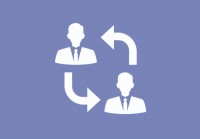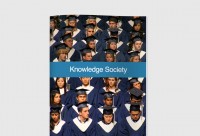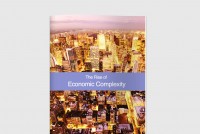Complexity Economics An Overview
Complexity economics is a new approach to economic science that uses models from complexity theory to look at and model the economy as a complex adaptive system. It is one of a number of new approaches to economic theory that have arisen in response to the limitations of standard economic theory. In this paper we will be taking a brief overview to the area of complexity economics, highlighting some of its main characteristics and how it differs from a more traditional approach. We start off by talking about how it models the economy as an open system, meaning that it does not need to be in equilibrium. Relaxing this constraint allows us to create a whole new paradigm built on nonlinear systems theory. Within this paradigm, we get a much more complex picture to individual agents, the motives under which they act, what they value etc.
We talk about how a nonlinear framework will allow us to focus more on non-zero sum interactions where value is added or subtracted to the organization through the type of relations between agents – how synergistic interactions can give rise to emergent macro patterns of organization. Next, we talk about how complexity economics understands these institutions as complex networks, where the structure and makeup of the network defines macro-level resource allocation. Lastly, we talk about economic development as a process of evolution, and how this will allow us to better reason about structural qualitative transformations within the whole system as deriving from internal drivers.
Because complexity economics is based upon nonlinear systems theory and standard economics is based upon linear systems theory, they are from a theoretical point of view very different. They are both looking at the same economy but looking at it through different paradigms. Whereas standard economics models the economy in terms of a closed system with homogeneous isolated agents, making rational choices that lead to equilibrium static macro- level outcomes. Nonlinear models present a very different picture. It is a model of the economy as an open system composed of heterogeneous agents with bounded rationality making choices within a particular context, which gives rise to networks of interactions that we call institutions and a macro level non-equilibrium to the economy that is in constant change driven by internal dynamics.










